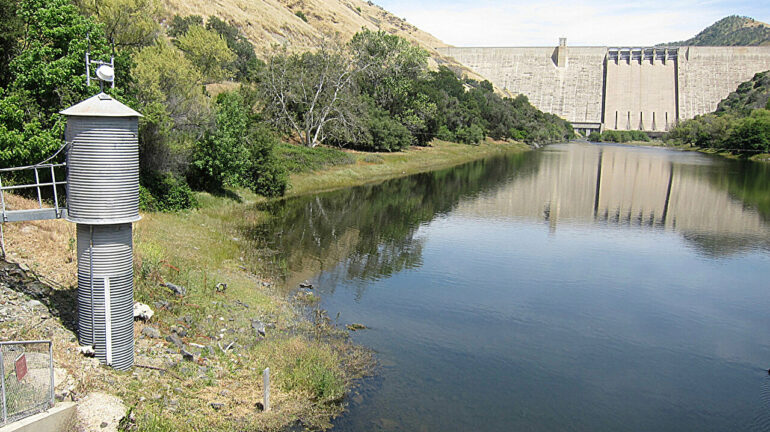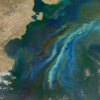California relies on its rivers and streams for a plethora of services—water supply, flood control, biodiversity conservation, and hydropower generation, to name a few. As a result, understanding the flow of water through the state’s stream network is critical for supporting California’s economy and ecosystems.
A new study published by UC Berkeley researchers in Nature Sustainability finds, however, that California’s rivers and streams are critically under-monitored, making it difficult to properly manage water supply and control floods, monitor changes in freshwater biodiversity, and understand how climate change is affecting water supplies.
According to the authors’ analysis, only 8% of all rivers and streams in California are monitored by stream gauges, the technology used to measure the flow of water upstream or downstream from their installation site.
“As climate change progresses and the demands on California’s water resources and water infrastructure grow, it is critical to have reliable, timely, and comprehensive information about water in rivers and streams,” said lead author Lucy Andrews, a Ph.D. candidate in the Department of Environmental Science, Policy, and Management.
“Our work highlights concerning gaps in California’s water monitoring capabilities and proposes tools for addressing those gaps.”
After evaluating stream gauge coverage, Andrews and co-author Ted Grantham, an Associate Professor of Cooperative Extension, assessed the degree to which stream gauges support important water management objectives such as dam operations, biodiversity conservation, and monitoring for scientific research.
“Measuring streamflow near dams is critical for handling water supply and controlling floods, but our research determined that only 9% of California’s large dams are covered by a gauge upstream and/or downstream,” said Grantham.
The researchers also found that only 30% of watersheds supporting the highest diversity of freshwater species were monitored. “California is a biodiversity hotspot, but its freshwater species are also among the most imperiled in the world,” said Andrews. “More monitoring of these critical streams is needed to protect these vulnerable species.”
Finally, Andrews and Grantham evaluated the monitoring of streams that are minimally impaired by human activities, which provides insights for researchers into how climate change is affecting hydrology. They found that less than 1% of the unimpaired streams in the state are gauged.
To illustrate possibilities for improving stream monitoring, Andrews and Grantham modeled scenarios in which current gauges are relocated and in which additional gauges are installed across the state, especially in regions where gauge density is low.
They used an optimization algorithm to identify potential gauge sites and then ranked them by their relevance to management objectives.
The authors found that some sites can support more than one management objective at a time, making a reconfigured or expanded monitoring network more efficient, cost-effective, and relevant.
“We hope that this study paints a hopeful picture—that even though streamflow monitoring in California is currently inadequate, with appropriate investment, it’s possible to design and build better networks using the simple computational tools we propose,” said Grantham.
“Having more information about how much water is in our rivers and streams will help us to better manage rivers and streams in the future.”
More information:
Lucy Andrews et al, Strategic stream gauging network design for sustainable water management, Nature Sustainability (2024). DOI: 10.1038/s41893-024-01357-z
Provided by
University of California – Berkeley
Citation:
Gaps in stream monitoring may hinder water management in California, study finds (2024, June 5)



